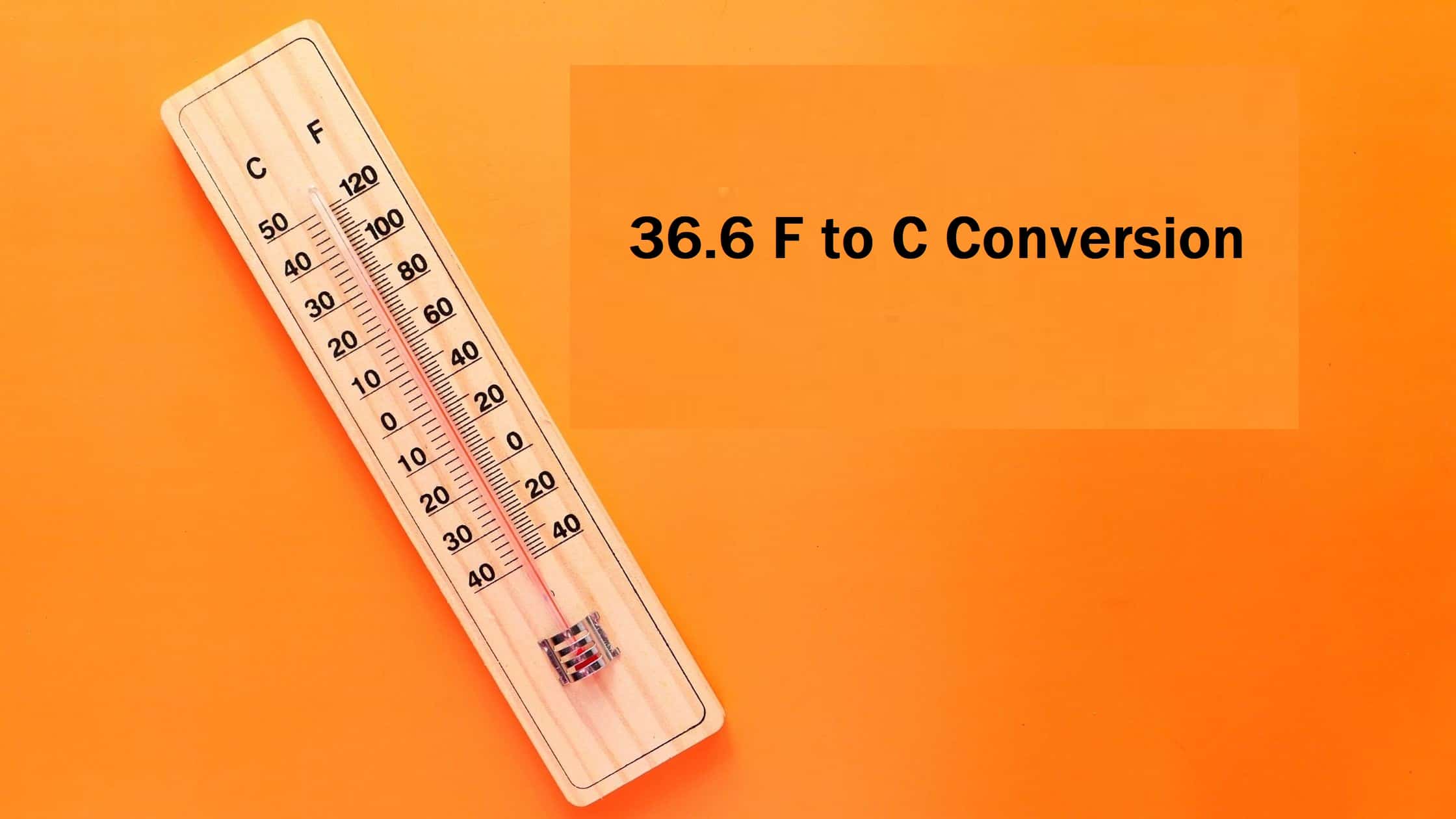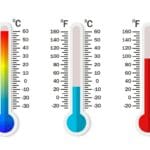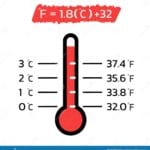Debunking the Myth of 98.6°F
We’ve all grown up believing that 98.6 degrees Fahrenheit (98.6°F) is the magical number for a “normal” body temperature. But what if we told you that this widely accepted standard is now being challenged?
While 98.6°F, which translates to a precise 37°C, has held its ground for over a century, modern research suggests that our average body temperature might be a tad cooler than previously thought. Intrigued? Let’s dive into the fascinating world of body temperature and discover what’s considered “normal” in today’s world.
A Legacy of 98.6°F: A Look Back
The story begins back in 1868 with a German physician named Carl Wunderlich. After meticulously collecting over a million temperature readings from approximately 25,000 individuals, he declared 98.6°F as the average human body temperature. This seemingly simple declaration became the gold standard for well over a century, shaping medical practices and influencing how we perceive our own health.
Modern Research: A New Perspective
Fast forward to the present day, and researchers are presenting a new narrative. Studies, such as one conducted at Stanford University, suggest that our average body temperature may have actually decreased by about 1.6°F since the 19th century. This finding implies that the once steadfast 98.6°F might be an outdated benchmark for what constitutes a “normal” body temperature.
Several factors are believed to contribute to this potential decline, including:
- Improved hygiene: Better sanitation practices have likely reduced exposure to infectious agents that can cause inflammation and elevated body temperature.
- Advancements in healthcare: Improved healthcare systems, including readily available vaccinations and antibiotics, have significantly reduced the prevalence of chronic infections that could affect body temperature.
- Changes in lifestyle: Modern lifestyles, often characterized by less physically demanding work and more time spent in climate-controlled environments, may also play a role in influencing our overall body temperature.
Decoding Your Body’s Thermostat: Fluctuations and Variations
It’s important to remember that our bodies are dynamic systems, and a “normal” body temperature isn’t a fixed number etched in stone but rather a range that can fluctuate throughout the day. Factors influencing these fluctuations include:
- Time of Day: Your body temperature naturally rises and falls throughout the day, usually being lowest in the morning and reaching its peak in the late afternoon or early evening.
- Age: As we age, our average body temperature tends to decrease slightly.
- Activity Level: Engaging in physical activity, whether it’s a brisk walk or an intense workout, causes your body temperature to rise.
- Menstrual Cycle: Women often experience slight fluctuations in body temperature throughout their menstrual cycle, with temperatures typically being a bit higher after ovulation.
- Overall Health: Underlying health conditions, such as infections or hormonal imbalances, can cause noticeable deviations from your usual temperature range.
What is the Normal Body Temperature for 98.6 F to C?
While 98.6°F (37°C) has long been considered the standard, your normal body temperature can fluctuate throughout the day and may be naturally higher or lower based on individual factors. Instead of fixating on a single number, it’s more helpful to think of your body temperature as falling within a range. For most adults, a temperature between 97°F (36.1°C) and 99°F (37.2°C) is considered normal.
What is a 102.6 fever in Celsius?
A 102.6°F fever translates to a concerning 39.2°C, signaling a high-grade fever that requires monitoring and potential medical attention.
Is 37.1 Celsius a Fever in Fahrenheit?
37.1°C translates to 98.8°F, placing it within the normal body temperature range for most adults.
Don’t forget, 130 degrees Fahrenheit is the same as 54.44 degrees Celsius! And if you were wondering about speed, driving at 200 miles per hour is equivalent to going 321.87 kilometers per hour!













3 thoughts on “98.6 Degrees Fahrenheit to Celsius: Understanding the Conversion and What It Means”
Comments are closed.